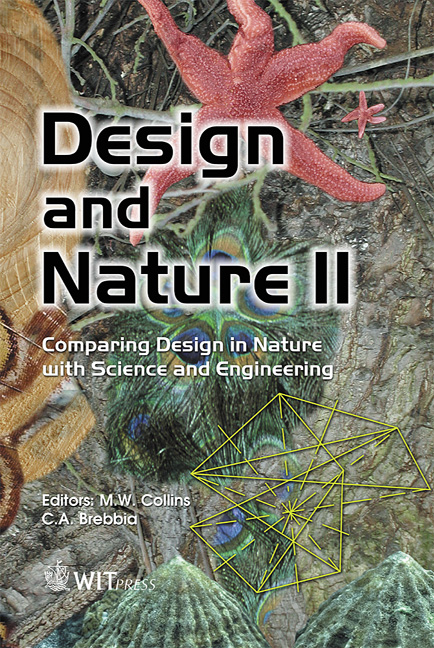Computational Biomimetics Of Twisted Plywood Architectures In Fibrous Biological Composites Through Chiral Liquid Crystal Self-assembly
Price
Free (open access)
Transaction
Volume
73
Pages
10
Published
2004
Size
2,366 kb
Paper DOI
10.2495/DN040471
Copyright
WIT Press
Author(s)
G. De Luca & A.D. Rey
Abstract
Despite being made of relatively simple materials, fibrous biological composites exhibit remarkable mechanical and physical properties [1]. These hierarchical materials frequently adopt a laminated architecture known as twisted plywood. In most cases this structure is monodomain (i.e. defect free), in which the fibrillar direction rotates around a single axis. However, not infrequently the twisted plywood architecture is found to be polydomain in which case there is multitude of local axis of rotation instead of a single one. In the latter case, the structure presents defects and it is therefore weakened. The origin of the twisted plywood structure is rather complex and has yet to be fully understood. Nevertheless it is strongly believed that liquid crystalline states
Keywords





